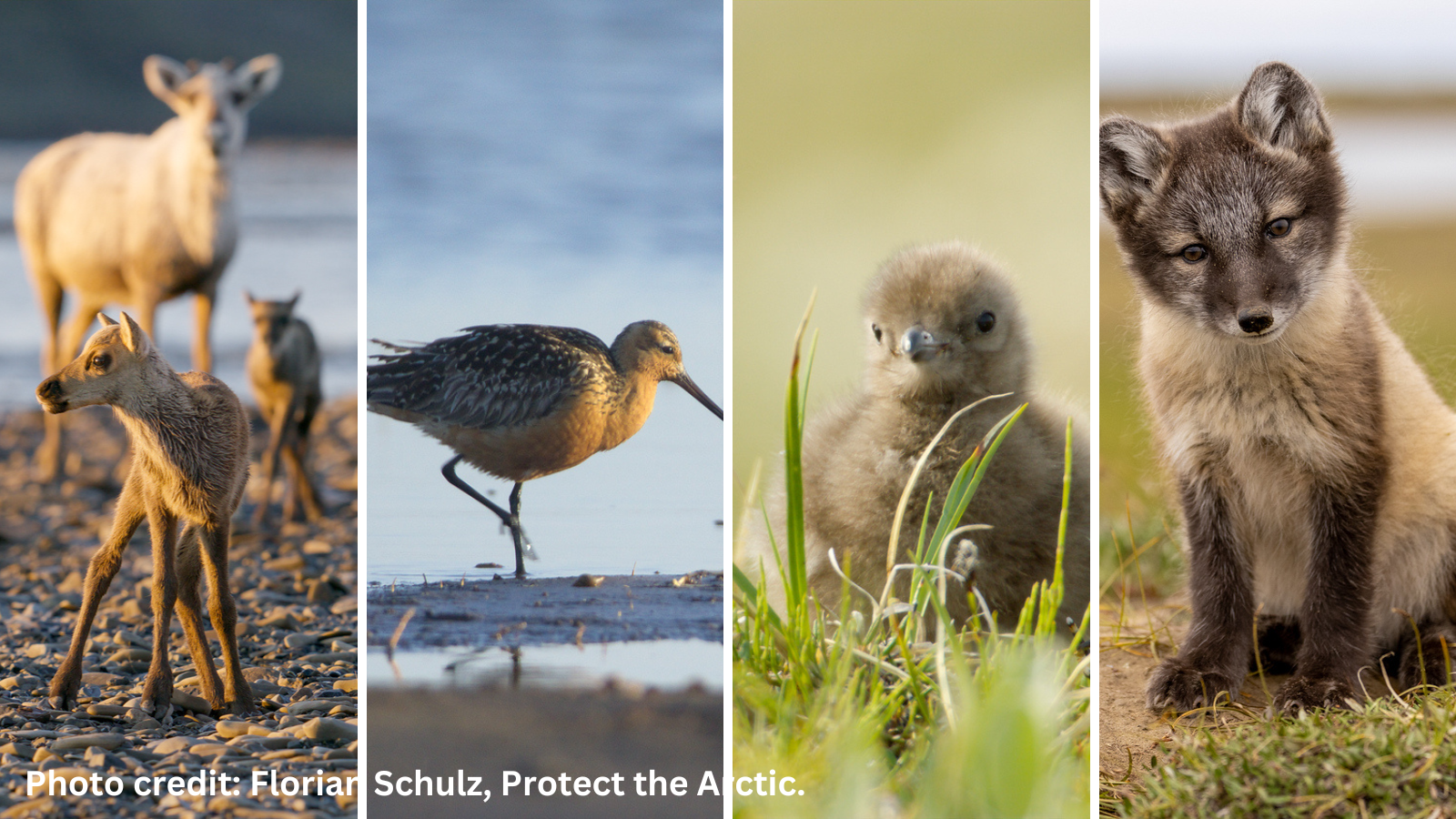
Colorado’s Dolores River Canyonlands deserve protection
President Biden should designate a new national monument to protect the red cliffs, river banks, and historical sites.
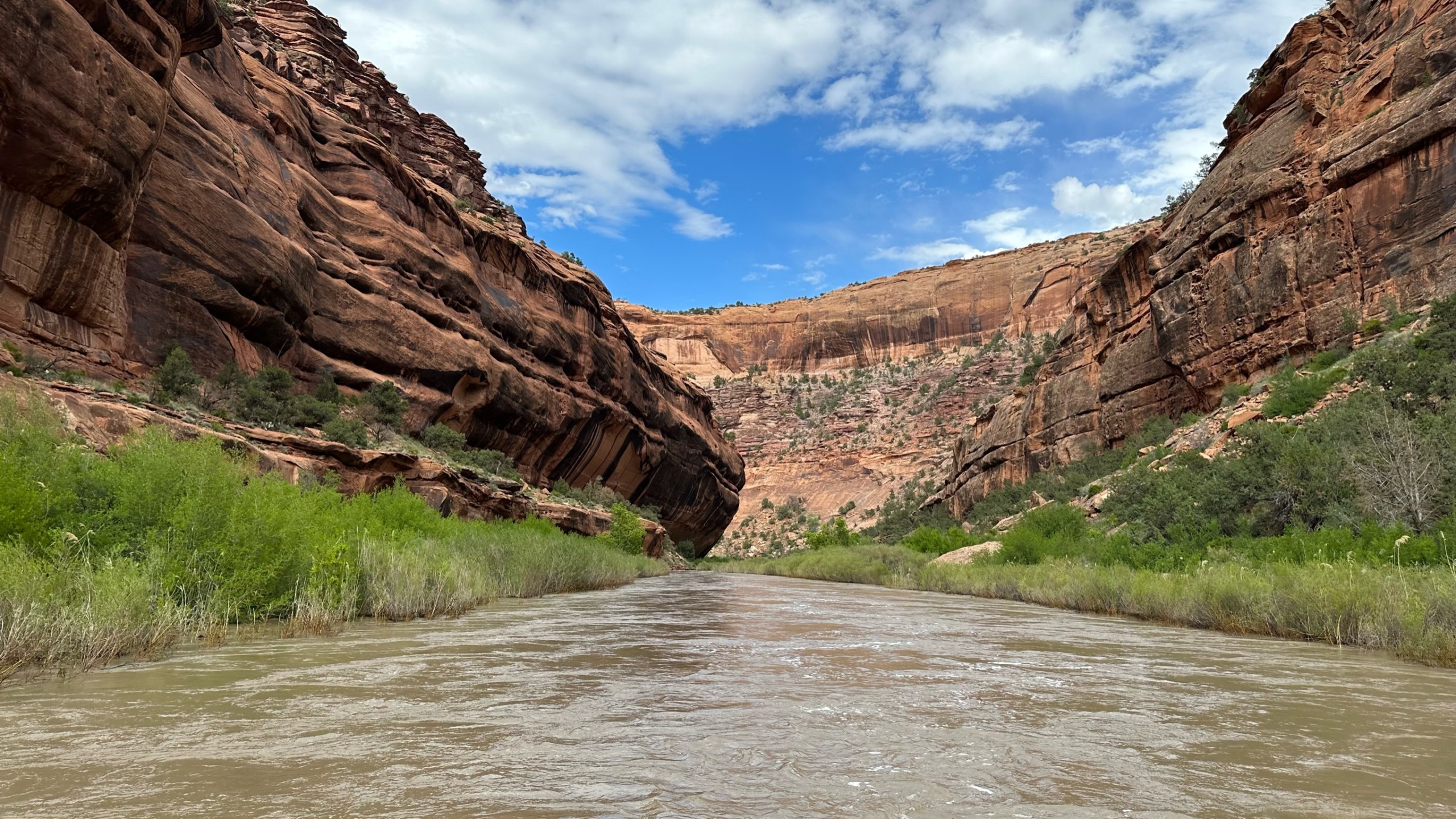
While Colorado is most well-known for its jaw-dropping Rocky Mountain snow capped peaks and forests, the Dolores River, cutting through red rocks to create canyonlands that run from Cortez to Grand Junction, will leave you speechless.
Flowing north from the McPhee dam to the Utah state line, the Dolores River and the canyon it has created in western Colorado offers high diversity of plant and wildlife species. This 241 mile river cuts through rugged sandstone canyons with immense cliffs and vast ponderosa pine forests. If you’re lucky, you might catch a river otter floating down the river or even a bald eagle soaring above. One glance can be a snapshot of history, with rock-limestones from 300 million years ago to entrada sandstone from the Jurassic period. In addition to otters, people can be found rafting or fishing in the river. And, the Dolores River feeds into the Colorado River, making it a critical part of the watershed that so many people depend on.
The Dolores River Canyon is ancestral territory of the Ute tribes. In Mesa County, there are trails of ancient rock art and petroglyphs dating A.D. 400/600-1300/1500. Far more recently, the river was also a destination for gold miners as early as the late 1870’s. There are still possible gold mining remains in the small towns that followed suit through the “booms and busts” of mining.
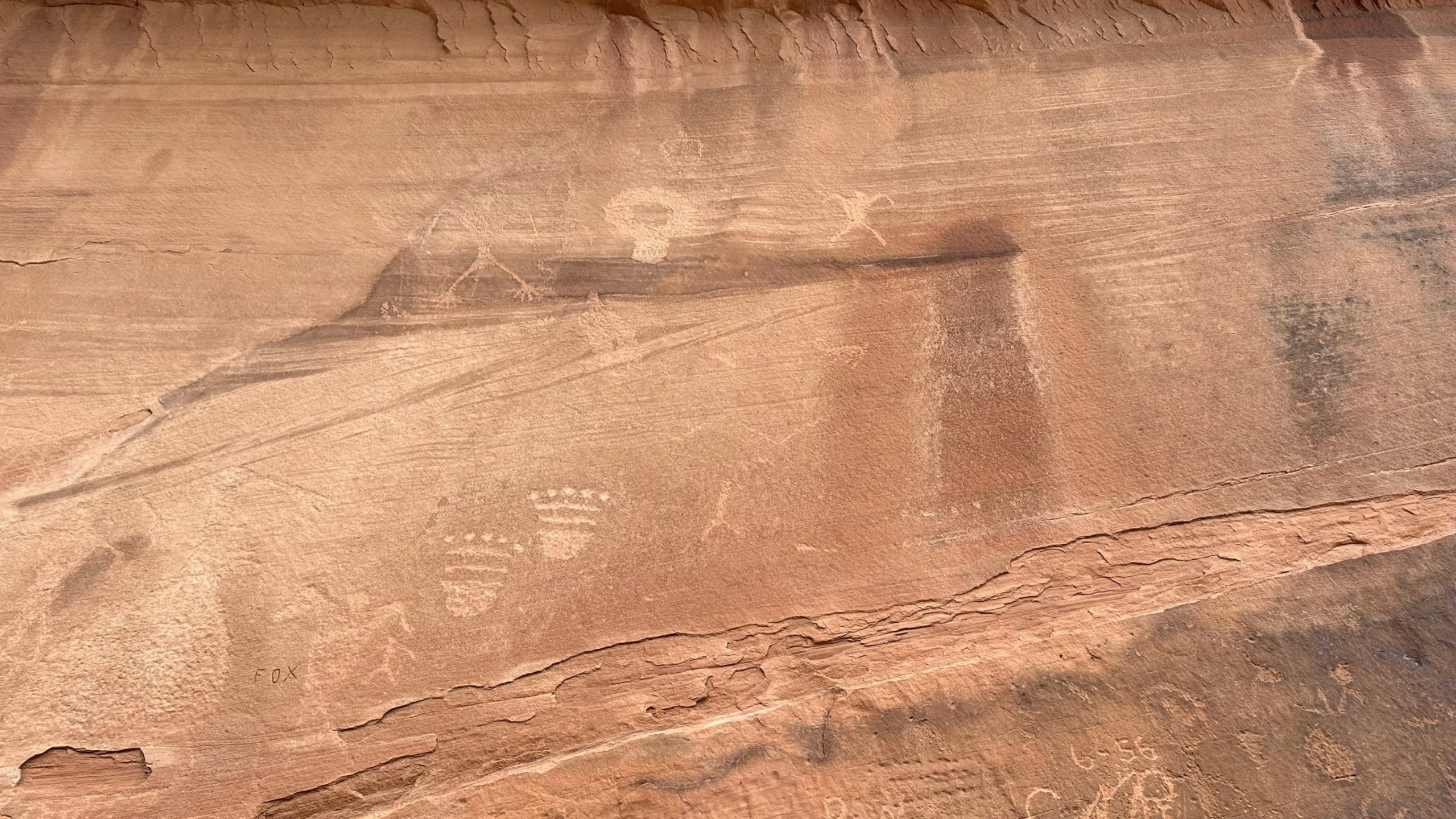
Threats on the Horizon
Despite the ecological, historical, and recreational importance of the Dolores River Canyon, it remains unprotected. Most of the area is managed by the Bureau of Land Management and most of the places do not have any particular designation that keeps them off limits to future toxic mining or development.
As climate change worsens, wildlife are increasingly stressed by rising temperatures and worsened water quality. Preserving undisturbed ecosystems that aid in offsetting effects of climate change should be a priority.
Anyone who has had the chance to explore the outdoors of Colorado has experienced crowded trails and river banks. Without proper guidelines for recreational activities such as hiking, fishing, rafting and use of all-terrain vehicles, there could be damage to this landscape leading to future generations to not be able to enjoy its innate beauty. With proper guidance and regulations, recreators will still be able to explore the canyon without the risk of loving it to death.
This area has a history of uranium mining, dating back to the late-nineteenth century and during production for the Manhattan Project. Uranium mining has been directly linked to adverse health effects. The inhalation of radon allows radioactive particles to lodge into one’s lungs, causing lung cancer in humans. Not only are the miners directly exposed to health risks, but the general public can be exposed to radionuclides through drinking water, which increases the risk of contracting cancer of the bone. Toxic mining like this would cause damage in the future if allowed to restart in the area.

What Can We Do?
So how do we protect it? U.S. Senators Michael Bennet and John Hickenlooper, proposed the Dolores River National Conservation Area and Special Management Area Act. This proposes management strategies to prevent land degradation and overdevelopment on nearly 70,000 acres. But there are another approximately 400,000 acres that still need protection. One way to ensure permanent protection for this area is a national monument.
With national monument status comes protection from future mining, drilling, and development. Additionally, wildlife will be shielded from the threat of destruction to their critical habitat.
Next Steps
In order to make this happen, we need to rally support across Colorado. Join us in telling Senator Bennet that we want him to take leadership and ask President Biden to make Dolores River Canyonlands a National Monument.
We have a chance to ensure that one of the last intact wildlands in Colorado remains wild. Let’s take this opportunity to protect Dolores from any future development or activities which could destroy the land forever.
Topics
Authors
Ellen Montgomery
Director, Public Lands Campaign, Environment America
Ellen runs campaigns to protect America's beautiful places, from local beachfronts to remote mountain peaks. Prior to her current role, Ellen worked as the organizing director for Environment America’s Climate Defenders campaign. Ellen lives in Denver, where she likes to hike in Colorado's mountains.
Karli Eheart
Former Public Lands Campaign, Associate, Environment America
Find Out More
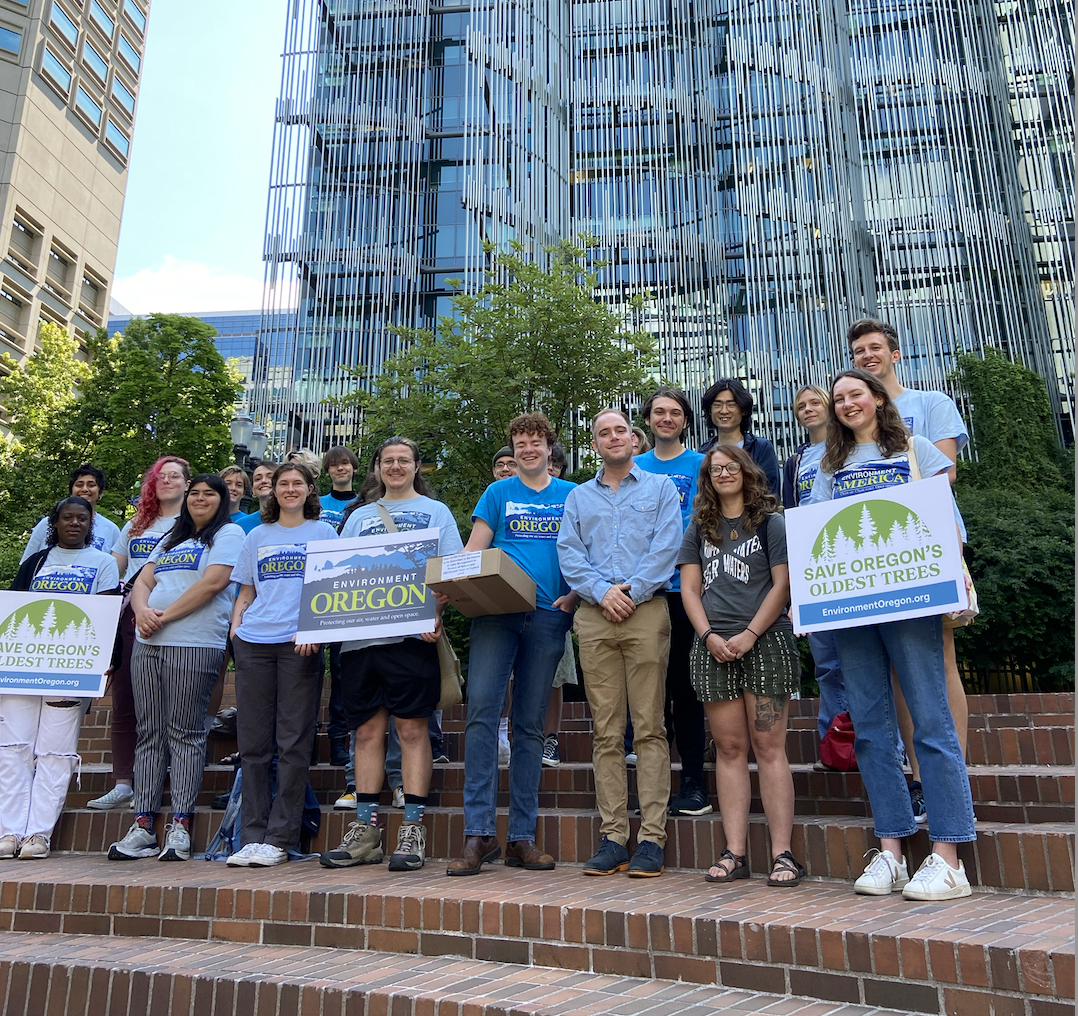
We’re hiring interns who envision a cleaner, greener world
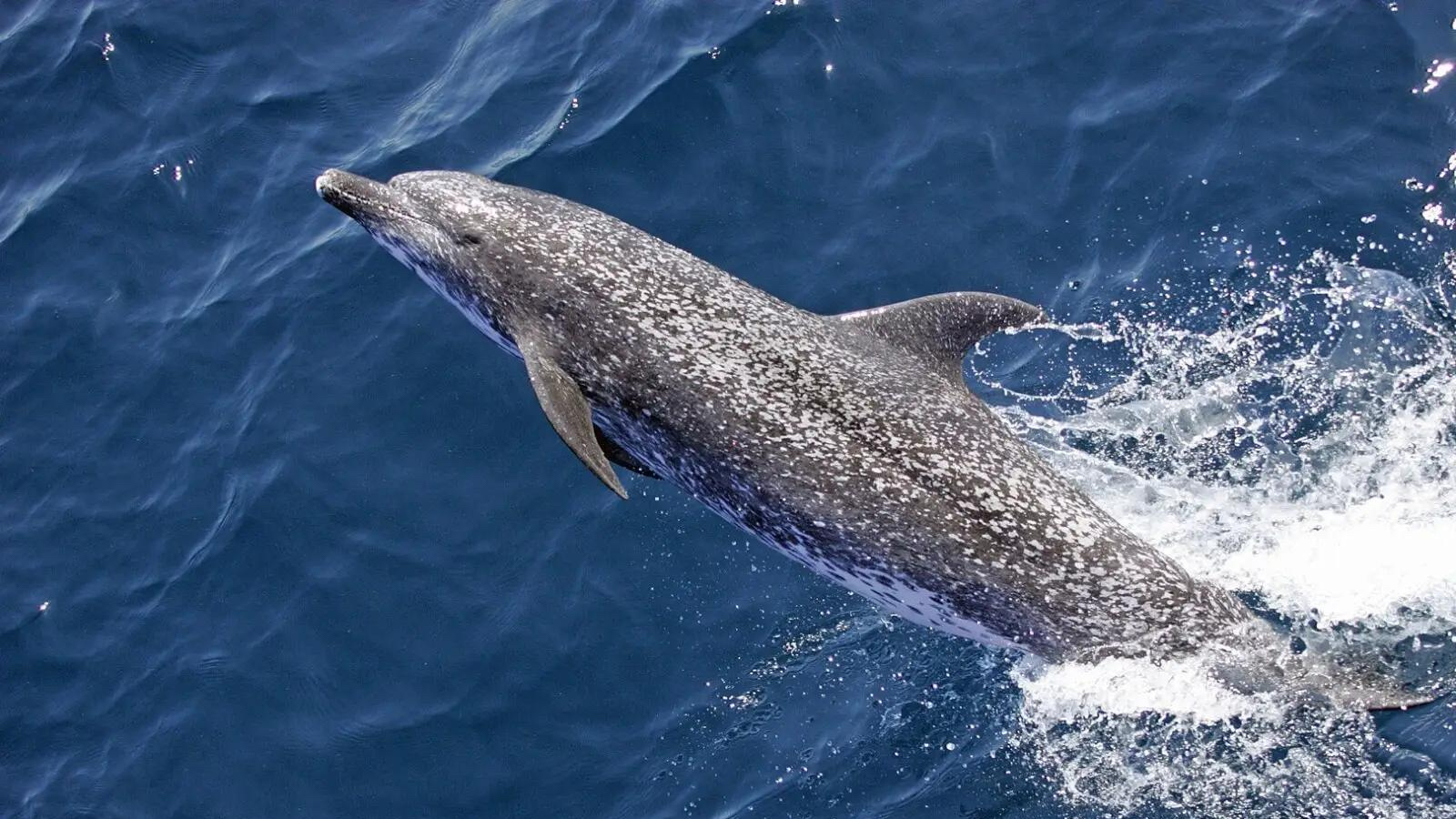
Dolphins of the Gulf of Mexico
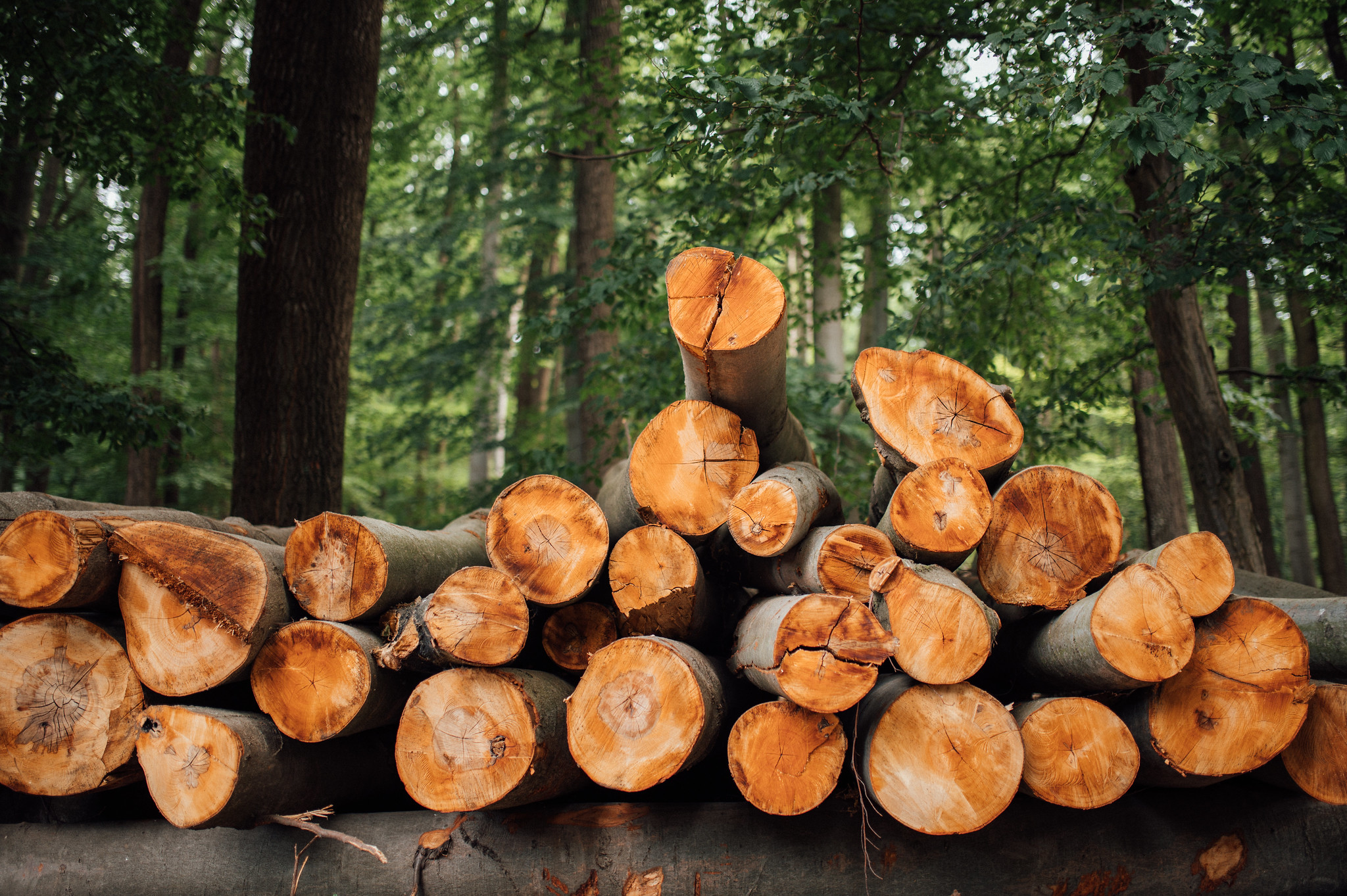
Which toilet paper companies are taking steps to be more sustainable?
